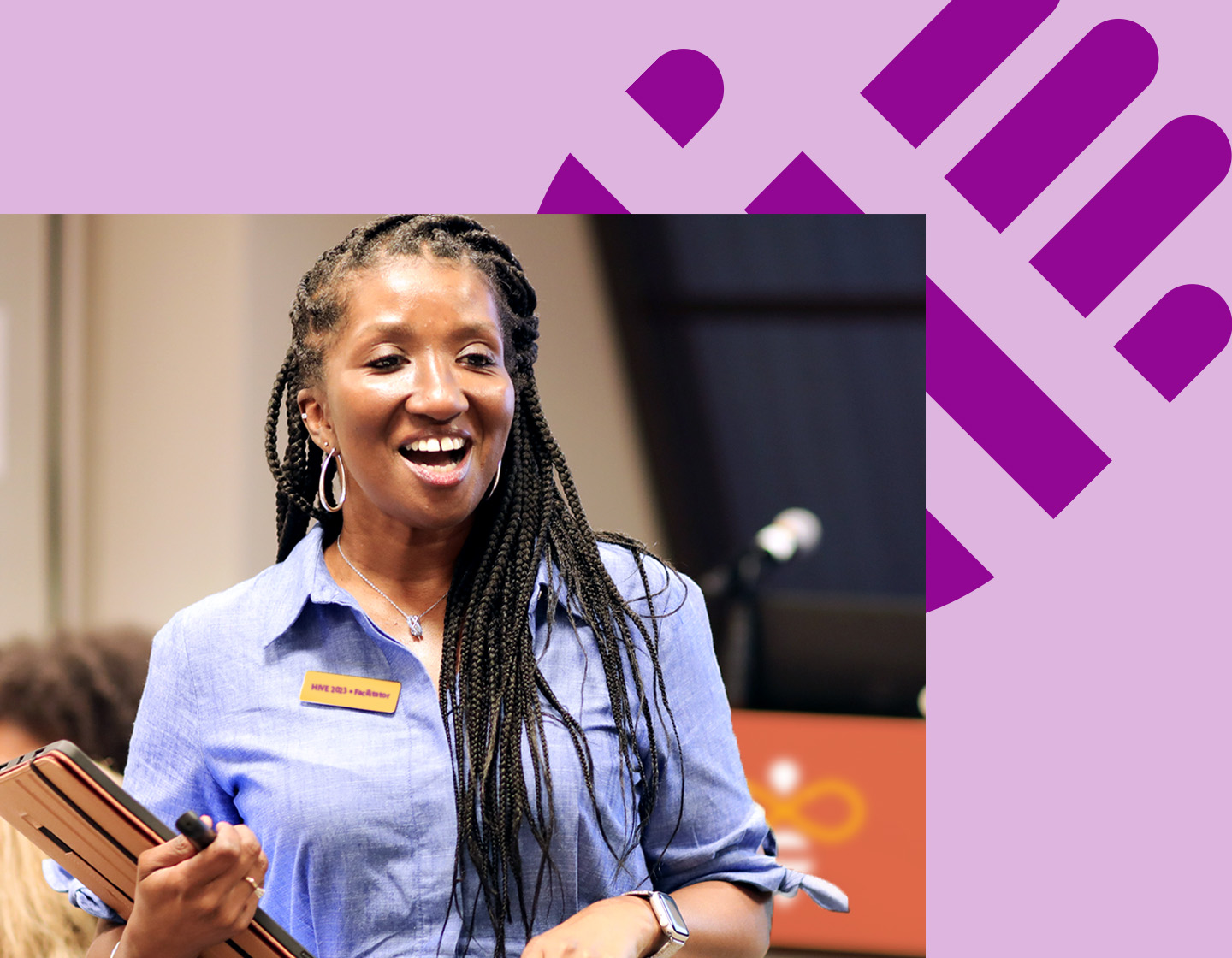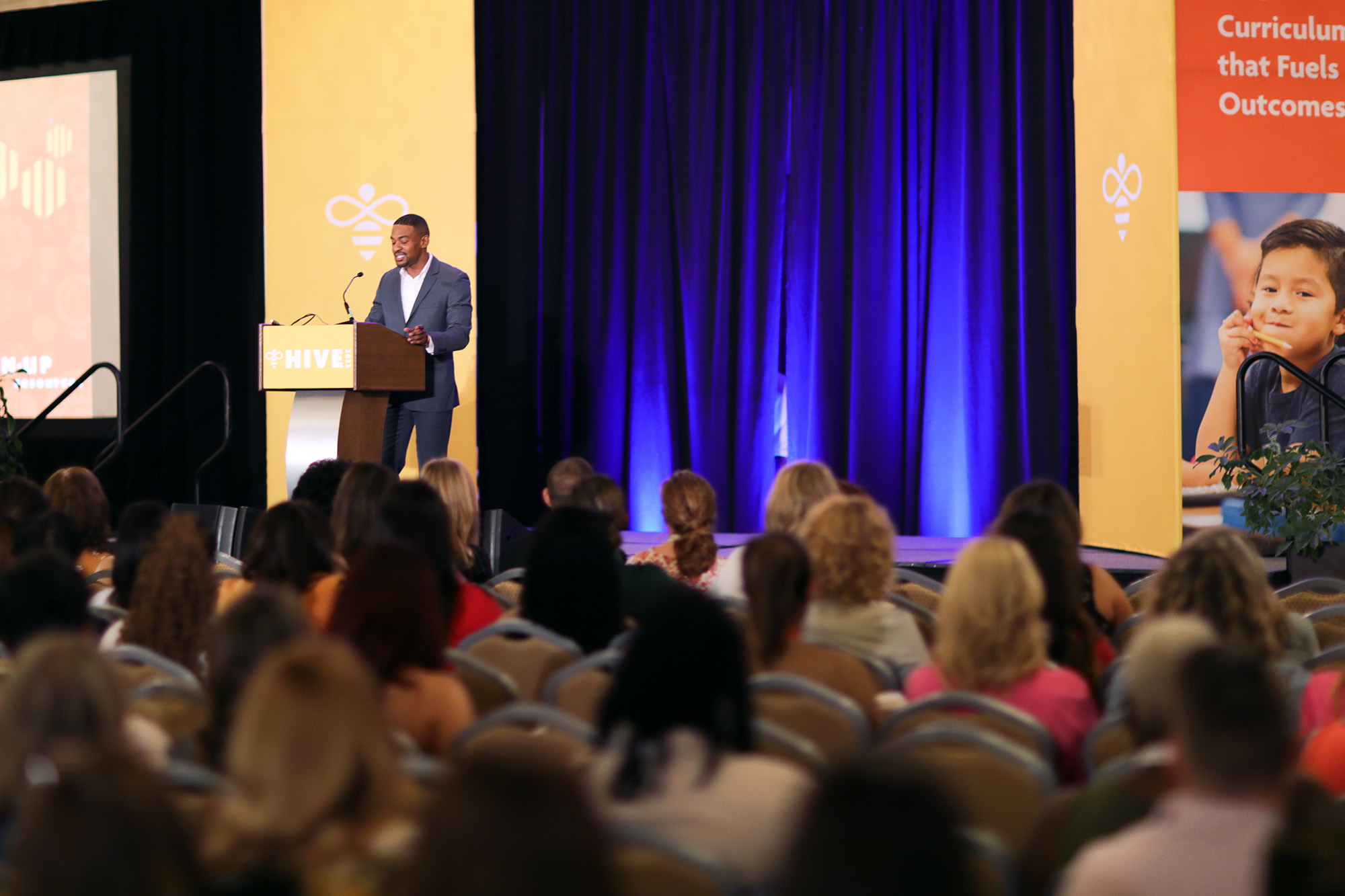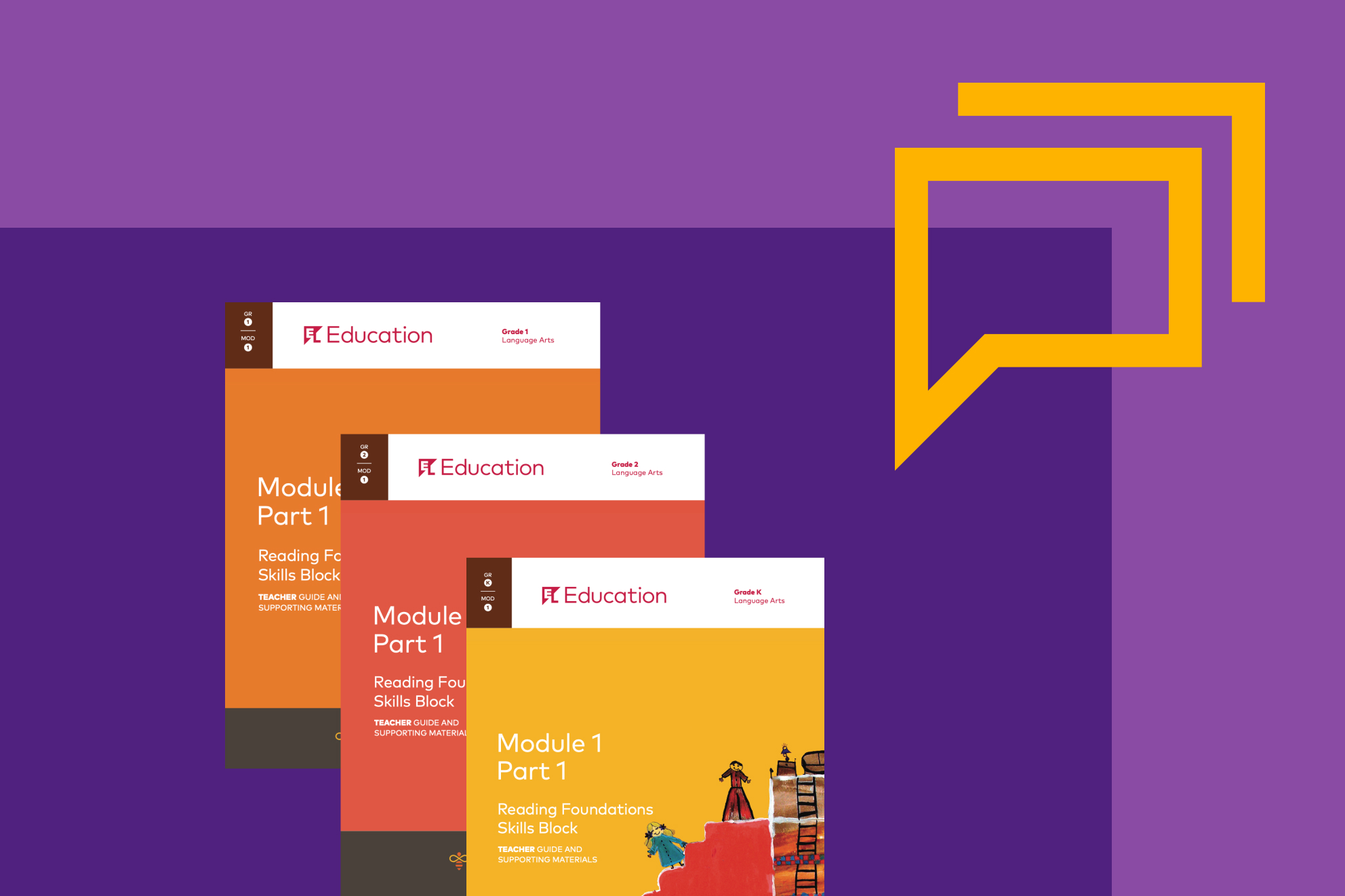Discover how to facilitate transformative math discussions with your students!
It’s not an exaggeration to say that The 5 Practices book transformed my teaching, allowed me to better support my students, and focused my preparation and implementation of effective questioning and the purpose of the questions I asked. My students were given more voice and ownership of the mathematics that was discussed in our classroom, as well. Whether or not you have heard of these practices, I hope you’ll consider joining our upcoming book study, as we will take a deeper dive into Open Up Resources math tasks alongside the effectiveness of this framework for facilitating productive discourse. Let’s put all of these amazing resources and pieces together!
What are The 5 Practices?
Anticipate
When I started teaching Open Up Resources 6–8 Math, I sometimes fell into a pattern where I felt like I was following a script. After shifting my thinking and mindset and leveraging the curriculum as an intentionally coherent progression of tasks and lessons, I was able to shift my practice of planning, as well. Anticipating student responses allowed me to better prepare for the learners in my classroom, in alignment with the math content at hand. This changed the way I showed up for my students, the number of decisions made in real-time, and the depth of math we were able to discuss.
Monitor
Monitoring student work in real time seems pretty straightforward. After reading about The 5 Practices, the monitoring I engaged in changed, as well. I was focused on looking at students to ensure they were mimicking or keeping focused on the math at-hand; now I use questions and developing conceptions anticipated ahead of time as great supports for students to assess and advance their learning and reasoning about mathematics.
Select
While monitoring student work in real time, selecting strategies and students to share, made our discussion and synthesis time more productive. It also gave students voice and ownership of their learning and understanding of math. The strategies themselves were not the only thing I was selecting. It’s important to ask: Who needs their voice heard today? How can I leverage these ideas so my students also view themselves as capable and competent math learners?
Sequence
Watching concepts build throughout a school year in mathematics is beautiful – but sequencing student responses during class discussions can allow the teacher to help tell the story of a lesson and get to the heart of its learning goals. Sequencing is a vital step in driving home the key concepts and content after first engaging in the practices of anticipating, monitoring, and selecting, sequence. A great sequence of student work can make math more accessible to all students!
Connect
The connect practice is where the magic happens! After students have explored a mathematical task and spent some time digging deeper with their peers, the student responses are connected through a whole class discussion. And there are so many ways to connect and tell the story of a math lesson. A teacher might facilitate the sharing of tasks from concrete to abstract, from commonly used strategies to more efficient ways of solving, or using error analysis or an incomplete solution – the possibilities are endless. Along the way, students make connections toward grade-level learning and outcomes.
We hope to connect with you in an upcoming book study – starting October 30! Grab a ticket and bring your copy of the text The 5 Practices for Orchestrating Productive Mathematics Discussions, Second edition, by Margaret (Peg) S. Smith, Mary K. Stein. We look forward to learning more and applying The 5 Practices with you!













